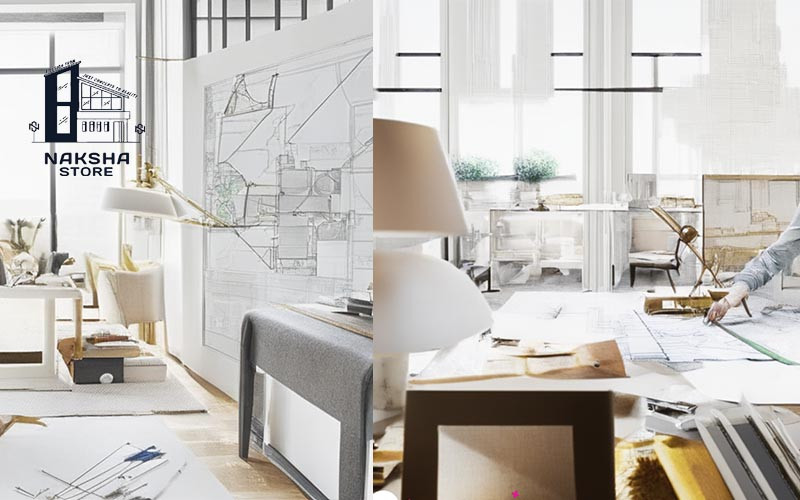
Working with an interior designer can greatly enhance your home design or renovation project. Here's what you can generally expect when collaborating with an interior designer:
Initial consultation: The process usually begins with an initial consultation, either in person or virtually. During this meeting, you'll discuss your design goals, preferences, budget, and timeline. The interior designer will ask questions to gain a clear understanding of your needs and lifestyle.
Design concept development: Based on the information gathered, the interior designer will create a design concept that aligns with your vision. This may include mood boards, sketches, or digital presentations to convey the overall style, color schemes, furniture layouts, and material selections. They will work closely with you to refine the concept until it meets your expectations.
Space planning and layout: The interior designer will analyze your space and develop a functional and aesthetically pleasing layout. They will consider factors like traffic flow, furniture placement, and optimizing the available space to create an efficient and harmonious design.
Material and finishes selection: With their knowledge and expertise, the interior designer will assist you in selecting materials, finishes, and furnishings that align with your design concept and budget. They can recommend quality suppliers and help you choose items like flooring, lighting fixtures, paint colors, window treatments, and furniture pieces.
Collaboration with contractors and suppliers: If needed, the interior designer can collaborate with contractors, architects, and other professionals involved in the project. They can coordinate timelines, communicate design specifications, and ensure the implementation aligns with the agreed-upon design plan.
Customization and sourcing: An interior designer can assist with customizing certain elements of your design, such as built-in cabinetry, furniture pieces, or window treatments. They have access to a wide range of suppliers and can help source unique and high-quality items that suit your style and budget.
Project management: Interior designers can oversee the project's implementation and manage the various aspects, such as ordering and tracking materials, coordinating deliveries, and scheduling installations. They will communicate with contractors and suppliers to ensure a smooth and efficient process.
Styling and finishing touches: As the project nears completion, the interior designer can provide guidance on styling and accessorizing the space. They can help curate artwork, select decor items, and arrange furniture and accessories to create a cohesive and polished look.
Budget management: An interior designer can work within your budget, providing cost estimates and guiding you on how to allocate your funds effectively. They can help you prioritize investments, suggest alternatives, and provide transparency throughout the process.
Ongoing communication and feedback: Throughout the project, you can expect open communication and regular updates from the interior designer. They will seek your feedback and address any concerns or adjustments needed to ensure your satisfaction with the final result.
It's important to note that the specific details of working with an interior designer can vary depending on the designer's style, experience, and your project's scope. Clear and open communication is key to a successful collaboration, so don't hesitate to express your ideas and preferences throughout the process.